There is something fascinating about how frequently the classic JPRG genre has become something that independent game developers have decided to pastiche. It’s more than perhaps any other genre. Yes, there are plenty of modern games that channel retro shooters like Doom, and many independent developers are inspired by Mario. But it seems that every few weeks there is a game that is slavishly in homage to Chrono Trigger, the SNES Final Fantasy trio, the PS1 Final Fantasy Trio, or any and all Dragon Quests from yesteryear.
Sea of Stars is the latest in a long string of pastiches. This one has a dash of everything from Chrono Trigger to the Mario RPGs in it, and, as with almost all JRPG pastiches, there’s a warm heart and soul to it. However, unlike some, this one doesn’t really do enough to capture the postmodernist self-awareness that helps the better pastiches escape the negative connotations of the term.
To be clear, though “pastiche” generally has negative connotations (and I personally have used it that way in the past), there is actually some debate about the merits of value of the approach to art, within postmodernist discourse. As overviewed by this essay:
“Fredric Jameson’s concept of “pastiche” is usefully contrasted to Linda Hutcheon’s understanding of postmodern parody. Whereas Hutcheon sees much to value in postmodern literature’s stance of parodic self-reflexivity, seeing an implicit political critique and historical awareness in such parodic works, Jameson characterizes postmodern parody as “blank parody” without any political bite. According to Jameson, parody has, in the postmodern age, been replaced by pastiche: “Pastiche is, like parody, the imitation of a peculiar or unique, idiosyncratic style, the wearing of a linguistic mask, speech in a dead language. But it is a neutral practice of such mimicry, without any of parody’s ulterior motives, amputated of the satiric impulse, devoid of laughter.”
So the reality is, of course, that some pastiches are better than others, and my read on the above statement is that no one is really talking about “parody” in the sense of laugh-out-loud humour, but rather the defining line between a good pastiche and a poor one is whether the pastiche is enough of its own work to be aware that it is in homage to what it is in homage to. Often that awareness is indeed played for humour, but it can just as easily be reflective, transformative, or creative in some other way.
Stranger of Paradise, for example, is a pastiche, in that it pays homage to the very first Final Fantasy. However, not only is it frequently parodic in quality, but it also takes the time to critique the original’s treatment of violence, of determinism as a theme core to the entire Final Fantasy series, and so on. Stranger of Paradise is right up there with the finest pastiches we’ve ever seen in video games.
By contrast, Sea of Stars is closer to the “blank parody” that Jameson describes above. The game has a pleasant, quaint plot, centred around two characters that are fated to represent the sun and moon, and in coming together they behave as the power of the eclipse and are some of the rare few that can resist a great and terrible evil.
Within the plot, there are plenty of twists and turns, and the game’s developers clearly have such a deep reverence for the genre that it’s impossible not to admire it. In comparison to the work of, say, Kemco, which cynically cribs JRPG tropes to churn out an endless stream of cheap and largely thoughtless pieces of content, Sea of Stars has a lot of heart put into it. It’s by turns emotive, evocative, compelling and beautifully written, and it’s very difficult to put down.
But it is, also, a pastiche, and it doesn’t do a whole lot to add something to the genre. While the game has various twists and turns, JRPG veterans are going to see them coming well before they hit. Where some other homages, like Chained Echoes from last year, deliver a complex and nuanced narrative that broaches any number of subjects in a timely and relevant way, Sea of Stars is content to play the epic quest of its chosen heroes straight. They’re well-written, but designed to be warm and nostalgic for veterans rather than nuanced and deep characters for today.
There are also plenty of secondary characters and narrative arcs along the way. These are heartfelt, comedic, dramatic and playful. All contribute to a plot that is, again, a page-turner and a good one, but, again, all stories written by people desperately keen to make sure that no one finds this adventure to be pushing the envelope.
Combat is, likewise, a lesson in best practices from the history of the genre rather than any effort to bring something new to the table. Characters have their own special abilities based on their class, as well as their own unique weapons and the ability to perform combos that allow the heroes to hit their enemies with a combination of ability “types”. This is important because enemies will often power up super-powerful attacks and the only way to stop them is to interrupt them by hitting them with the right combination of ability and weapon types. As the cherry on top, there is an element of timing, just like in the Mario RPG series, where timing attacks and dodges at the right time will allow you to do more damage and prevent some from affecting you, respectively.
There are also all the typical minigames and side-quests that you’d expect from a JRPG, and the overall package is slickly playable and intuitive. If there’s one area where the developers were willing to break from tradition it was in interface design and making commands and objectives clear and easy to follow. This is good to see because far too often developers setting out to make “retro”-style games seem to think we also want games that are irritating to play. Nah. You scratch the nostalgia itch just by getting the aesthetics and tone right.
Speaking of aesthetics, Sea of Stars is truly stunning to look at. The density and animation quality of the pixel art are genuinely impressive, and you can see the love that was poured into every corner of every map and every movement of every character. In the art, at least, Sea of Stars is less a gormless pastiche and more something that confidently stands next to the HD-2D pixel work in Octopath Traveler as an argument for how modern developers should handle pixel art.
Sea of Stars deserves to be played, and almost everyone who does play it will enjoy it. It’s a JRPG made for JRPG fans by people who truly love the genre. There’s even something admirable about how steadfast it is in being a classical homage. The sad reality is that most pastiches that lack the self-awareness to break free of being pale homages are doomed to fade while the classic works they ape remain eternally relevant, but for now, in 2023, if you’ve got some time to spare you could do far worse than Sea of Stars.
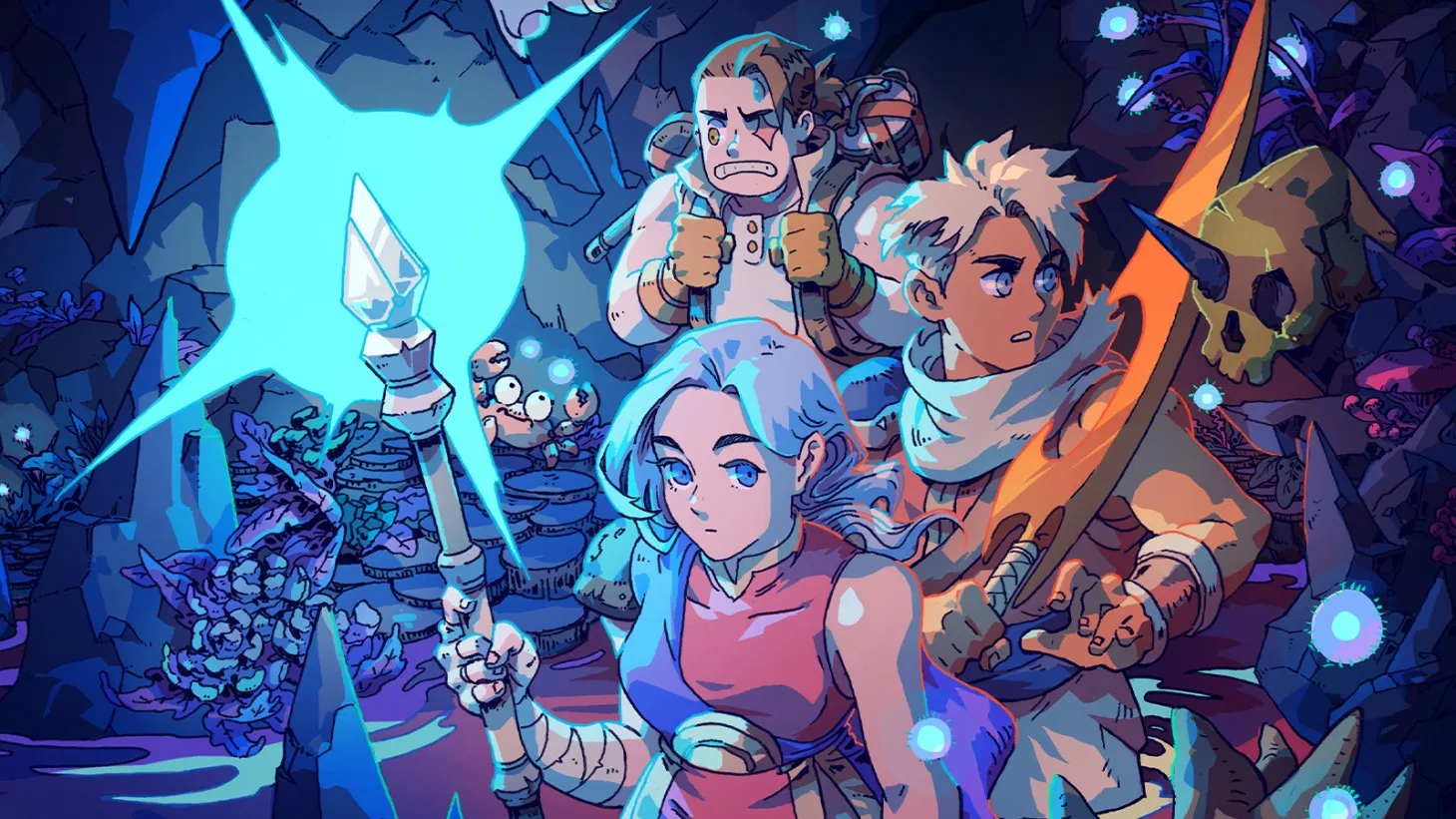

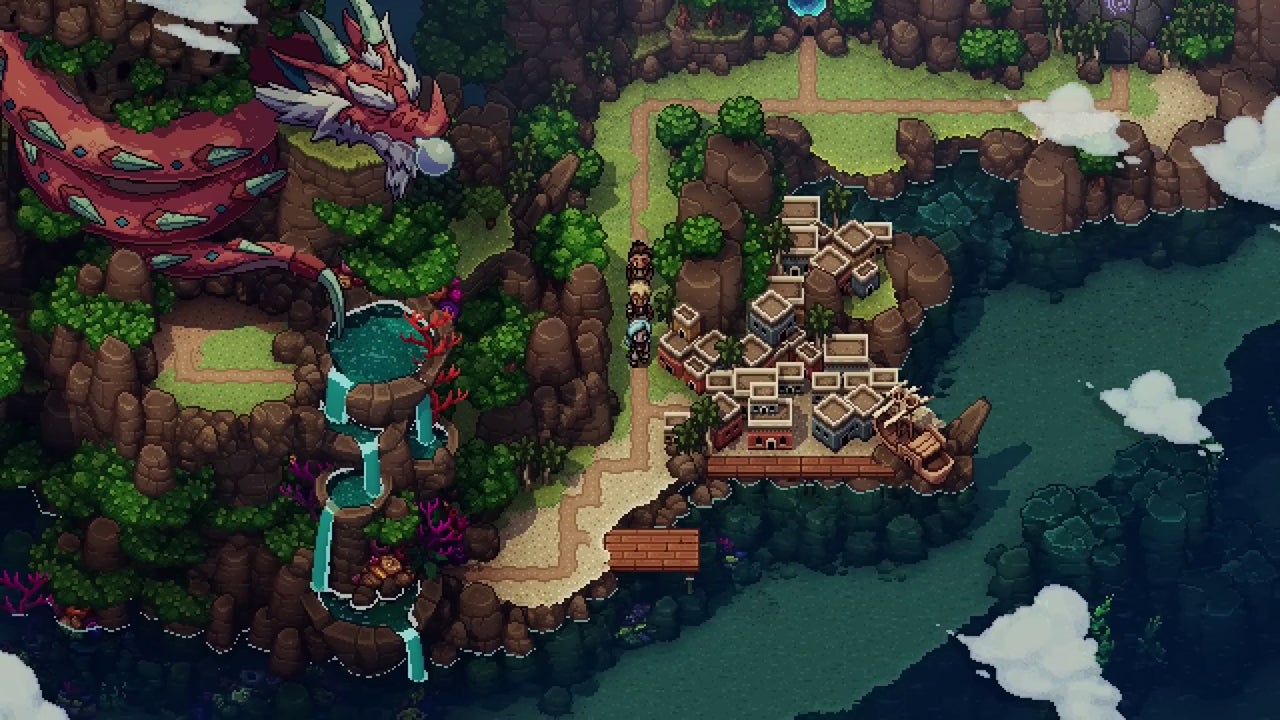
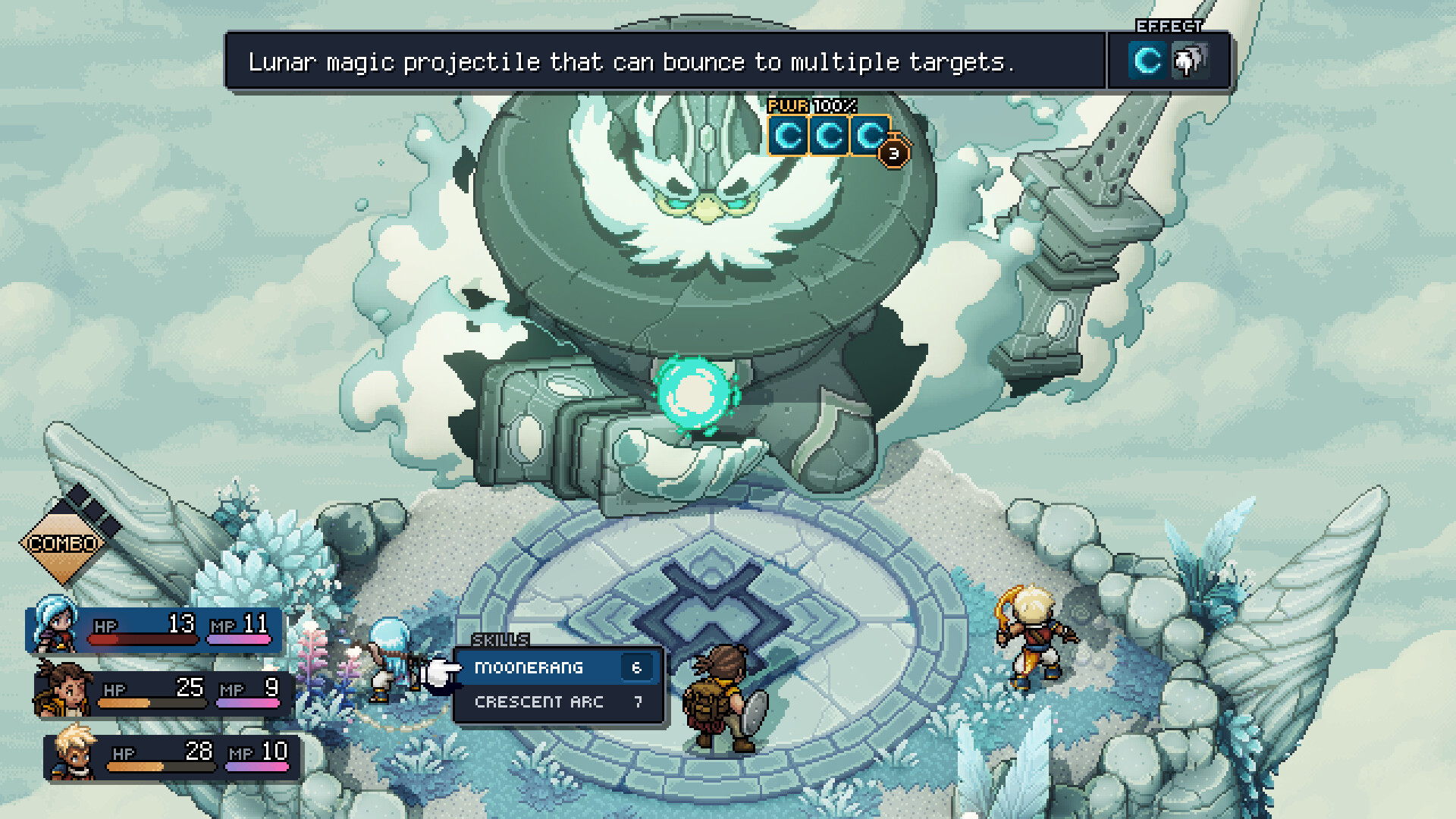
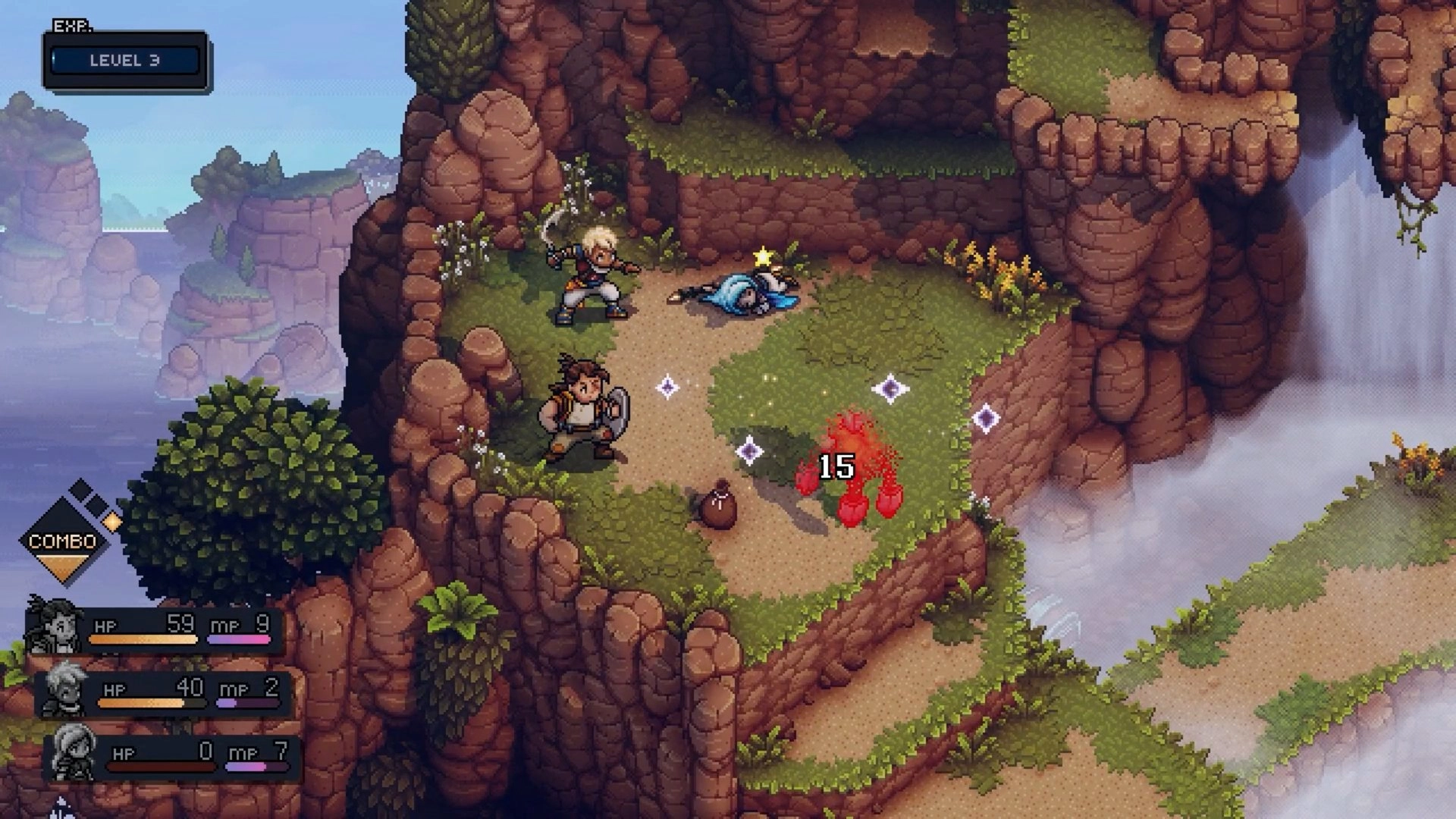
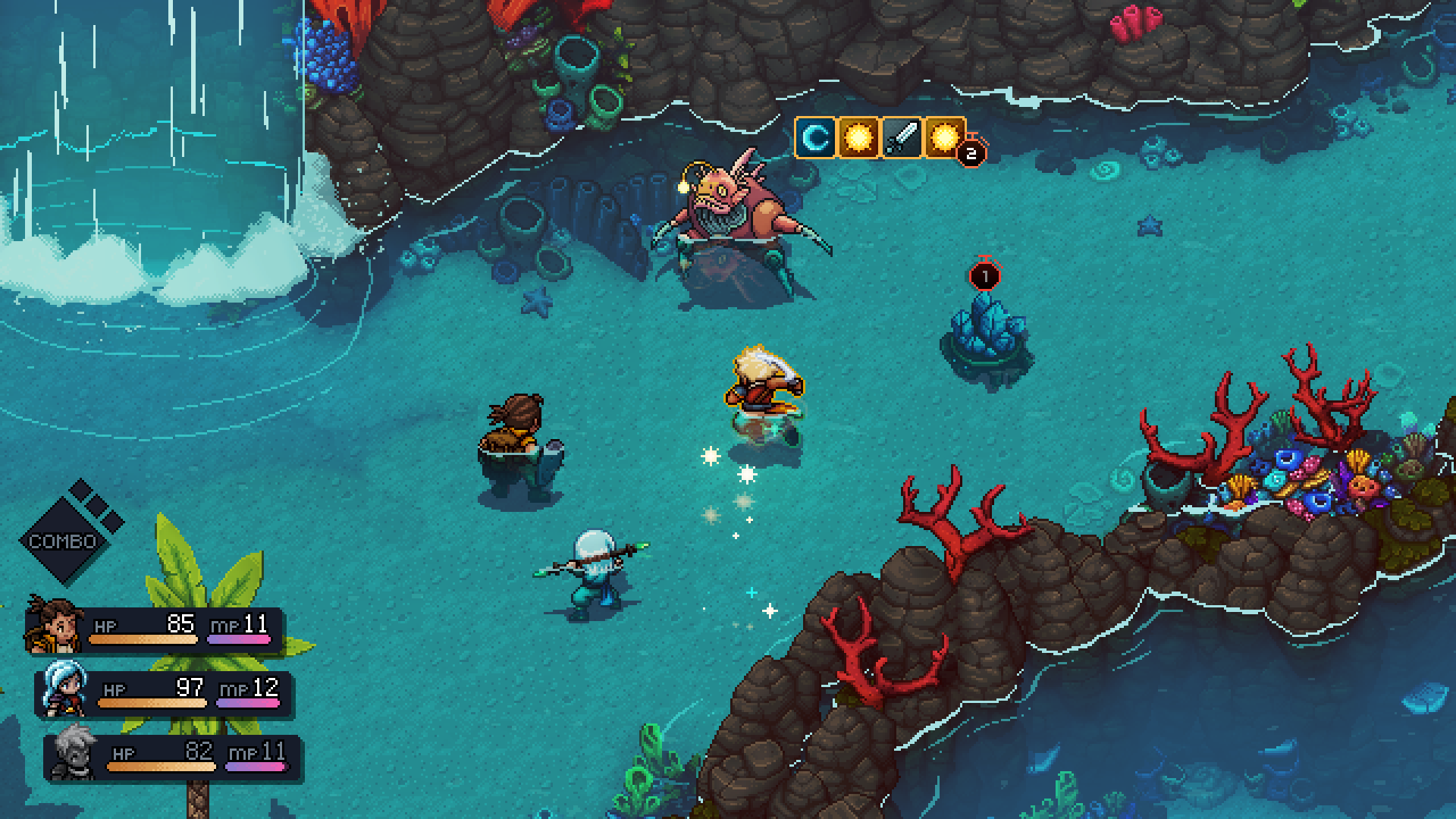

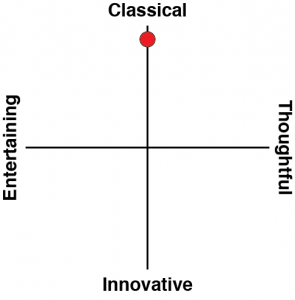
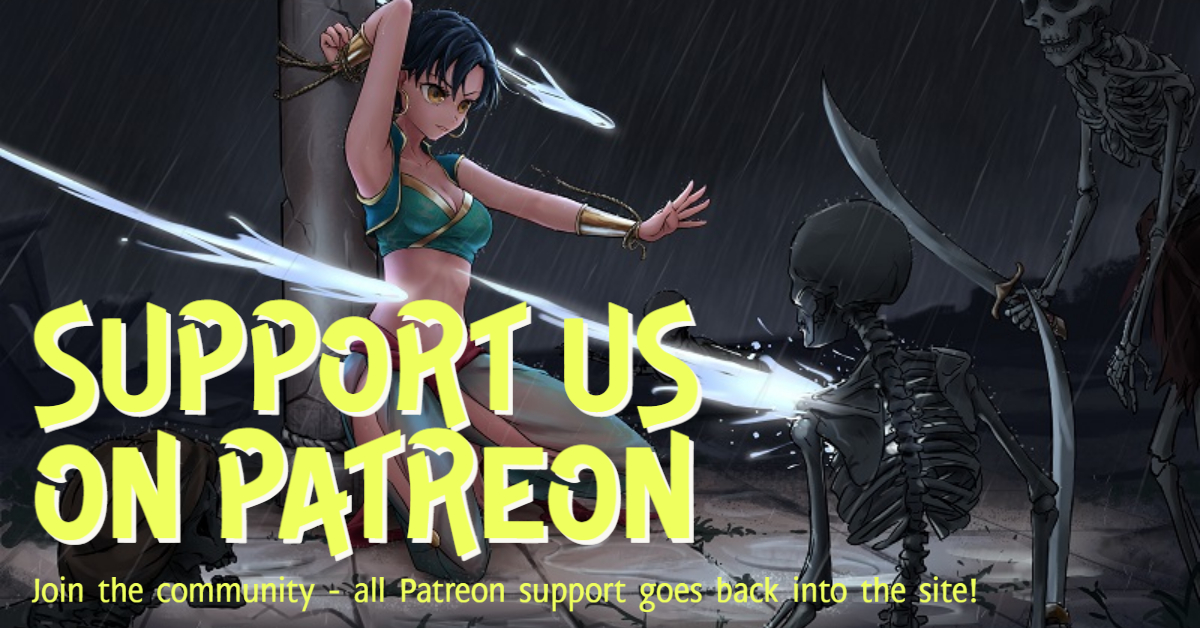


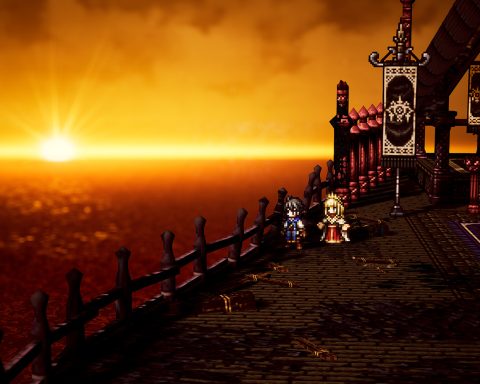
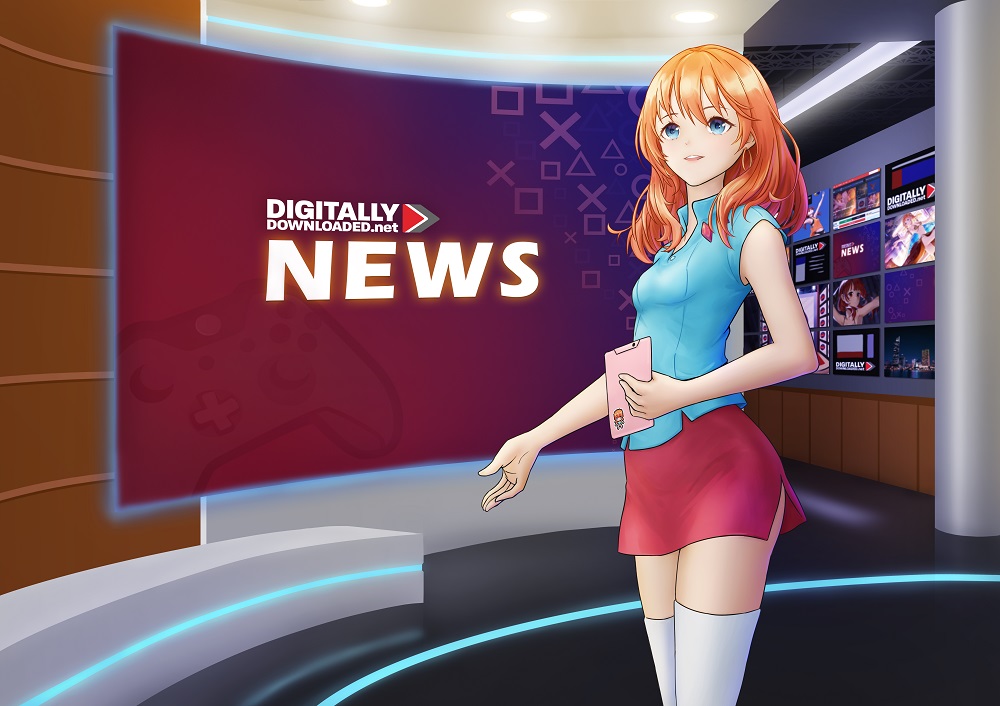
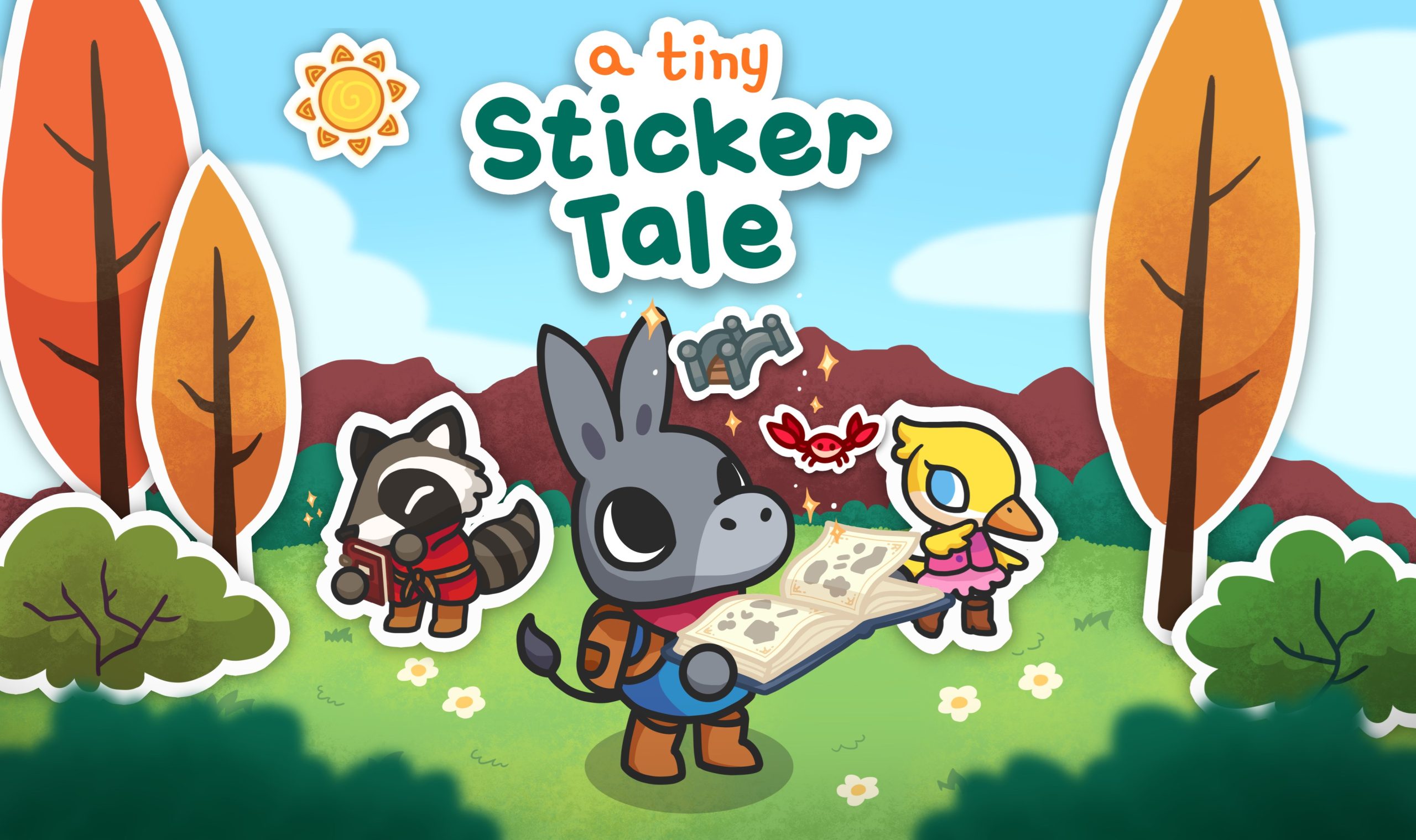




I’m not sure I want a Jameson-approved pastiche with ‘political bite’ out of this game. Does a game made as an homage to an old, familiar style in this way have to be either a driven pastiche that makes some complex statement (in terms of transformation or meta-narrative), or risk being dismissed as blank parody?
This strikes me as an area where the discussion of videogames as art, in the same breath as literature, film, and visual art, starts to become very complicated. Visual art or literature as pastiche probably does indeed need some ‘bite’ to it to stand out as more than blank parody — our literature and art teachers train us to think that these kinds of art always move forward. But the artwork that Sabotage Studio has created here revolves around the 20-30 hour gaming experience of the players — which, if well-designed, well-made, well-written, and fulfilling as it seems to be … will be a real success! If this game would have been a 9/10 or 10/10 ‘must-play’ if made in 1994, is it not also a 9/10 or 10/10 ‘must-play’ when made in 2023? (I feel exactly the same about music, by the way… serious jazz and classical music both descended into ruin in the later 20th century by the insistence on moving forward rather than exploring great music that all genre-listeners could enjoy. Rock and pop music are a separate issue, since that’s just economics — rock and pop were killed by grasping corporations and the post-Napster listener mindset that all music should be listened to for free… and this is also one possible future for the world of videogames, unfortunately.)
I kind of just look forward to Sea of Stars being a great game, made according to similar sensibilities as many games of old. So far, everything I’m hearing is very heartening. “Great games can still be made like this” is the statement, and from early reviews it sounds like people will be having a blast!
I think the best comparison is to Chained Echoes. That game was also a homage to JRPGs of yesteryear, but the difference is that Chained Echoes also has its own identity and tells a story that is really, really strong.
Sea of Stars meanwhile is written well, technically, but tells a story that has already been written many times over. It’s an enjoyable story, but will this be remembered as Chrono Trigger has been? Or Final Fantasy VI? I don’t think so. I’d be really surprised if in 20 years people are still talking about Sea of Stars.
To be clear I don’t think that’s a *problem*, per se. An enjoyable game is an enjoyable game, and I hope people understand that the review here and score I gave the game reflects that I did enjoy it.
I just won’t be dwelling on it like I have the games it is so indebted to. For me this is the problem with a “negative” pastiche, rather than something that is creatively a pastiche: can you really produce a masterpiece when you’re merely playing a greatest hits – to your music example, is one of those compilation CDs of the “best of the 80s” or whatever ever going to be the equivalent of a Ziggy Stardust album (or insert your favourite 70s – 90s album, here). I do believe that the truly great works of art add to the global body of knowledge and artistry, rather than simply repurpose it.
But again, to take nothing away from Sea of Stars – it’s a very good, very enjoyable game.
I agree, but I think there’s an argument for how in this dytopian landscape of late capitalism, repurposing is adding to the global body of knowledge. Due to the way companies restricts this field, we end up with a limited and flawed body of knowledge.
Like how companies went to court against emulation and argued to a judge it hurts their ability their business strategy of remakes, ports and remasters. So unfortunately, a bad pastiche can be the first, or only, ‘chrono game’ a whole generation of people will ever play themselves.
At the same time, there’s kind of the opposite problem: there’s too many games. And the systems of discoverability are as bad as the ones for preservation and access. So a ‘top 80’s’ might be the way to find ‘Ziggy’. In this case, a Snes JRPGs by way of Sea of Stars, or some other game.
Kinda disagree with one thing here – this doesn’t strike me as a ” JRPG made for JRPG fans by people who truly love the genre”, it seems like a JRPG made for people who think there hasn’t been a single good JRPG since Chrono Trigger.
Hm. I don’t think that’s the case (or at least, hope not). I do think the developers just loved those games from yesteryear and wanted to do something “faithful” to them :-).
But yeah in terms of the narrative it does ignore most of what has come since Chrono Trigger.
I’ve seem another review echo the same sentiment. I can’t help but associate both with a film studies critique I’ve seem recently about ‘good practices’. About how a piece that follows perfectly all the standards of what is a good movie ends up being soulless – they end up hiding what makes the creators unique.
The critique I’ve read was how the game had a very functional design. For example, dungeons made to maximize fun and engaging traversal instead of feeling like a lived in place, with dead ends, ’empty’ rooms, etc.